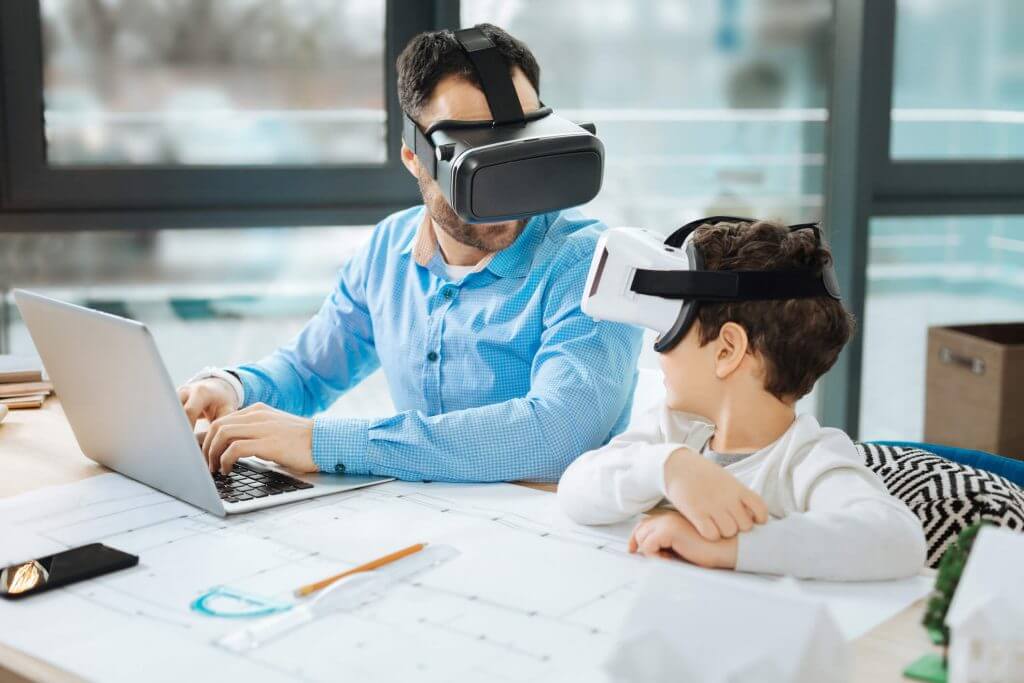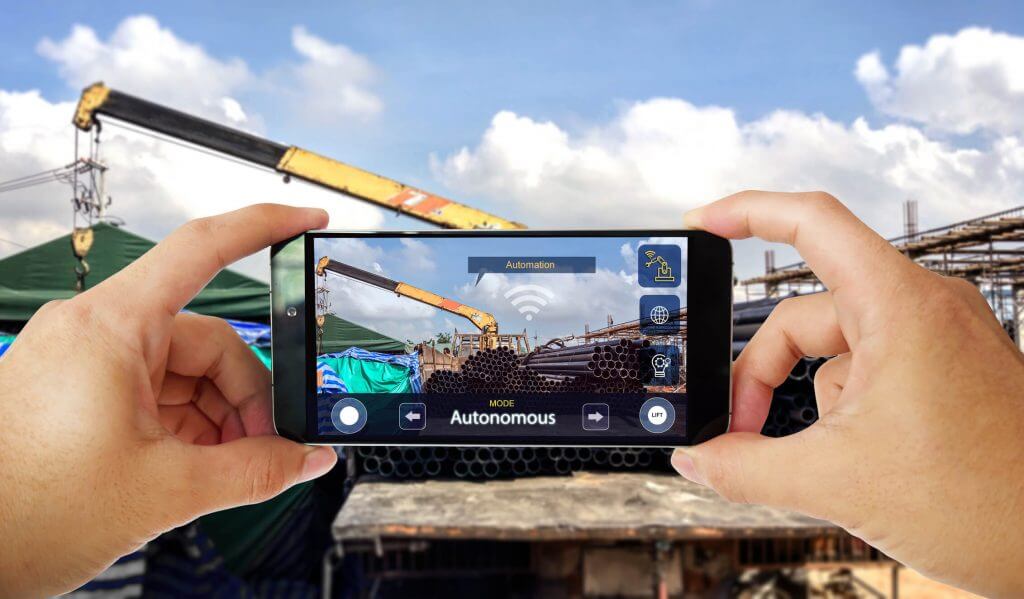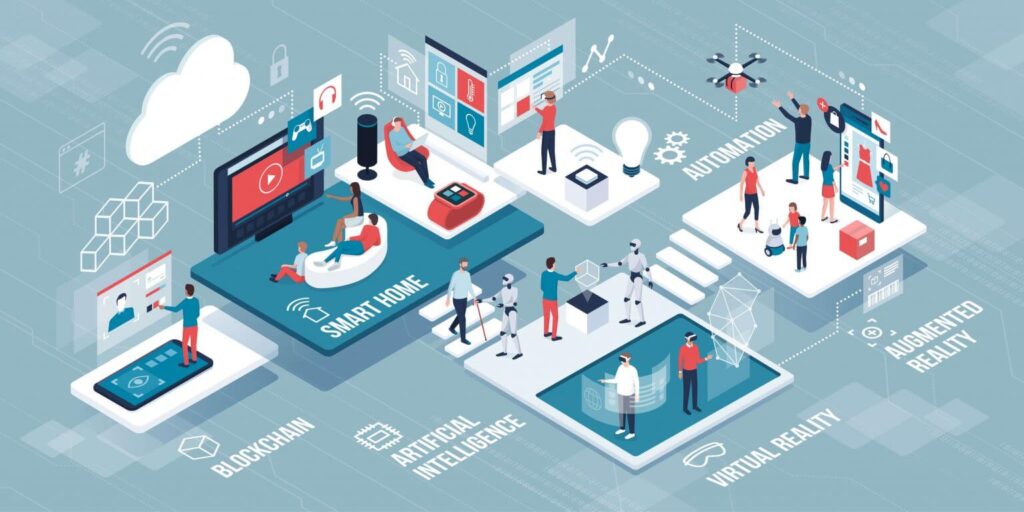Blog
Future of Virtual and Augmented Reality and Its Impact on the Real Estate Market
More Advanced Headsets
With advanced headsets, virtual tours will become more life-like, improving user experience. Moreover, with hybrid headsets, users will be able to tweak the home as they walk through it or see multiple variations of the same house. Already customers can interact with the preset items within a virtual tour, and we expect further enhancements in the interactiveness.

By experiencing the different interiors and manually choosing colors, placements, or even furniture, users connect with the property and find it easier to make the decision. With improvements in the existing tech and the introduction of new capabilities, the connection would further strengthen.

Smartphones With AR Capabilities
It’s not far when we’ll see smartphones with powerful augmented reality abilities and not just gimmicks. We already have Apple, Google, and Asus showing potential and offering easy to use developer kits. Many companies are developing AR content based on smartphone cameras so that more people can have access to the technology.
When smartphones become capable of robust AR experience, real estate companies can develop custom apps that their customers can download and use in creative ways.
E.g., clients can download the property app, capture their existing furniture, and when they visit the property, project their furniture there, and see how it will look.
More People Will Adopt Technology
As VR and AR technology becomes more accessible, more people will get used to them. More industries will use them for training, testing, and selling. The real estate industry will follow suit. It will become a part of the customer experience and sales process.
5G Will Aid AR/VR
Heavy digital rendering is required to synchronize the real world and user movements with respect to the digital world. And if the rendering is on the cloud, high speed, reliable internet is required for a smooth and uninterrupted experience. As good speed internet becomes available to more users, they will be able to get a better experience, and developers will be able to create more detailed environments.
Real-time Experience
A full day can be created in virtual reality, and the life at the property during different times of the day can be shown. The users can log in to the app or visit the website, and see the real-time virtual representation of the property and how it looks, and what life would be like at the property during that time of the day. While it won’t be actual real-time in regards to the actual day when the users log in, but a real-time representation of the day chosen to create the VR experience. A gimmick, maybe, but it offers something new to the users and gives them a glimpse of life at the represented home during different hours.

While these are some interesting things to look forward to, there’s a lot you can still do with virtual and augmented reality in real estate. It can help you offer a better customer experience, immersive tours, and increase your conversions.
